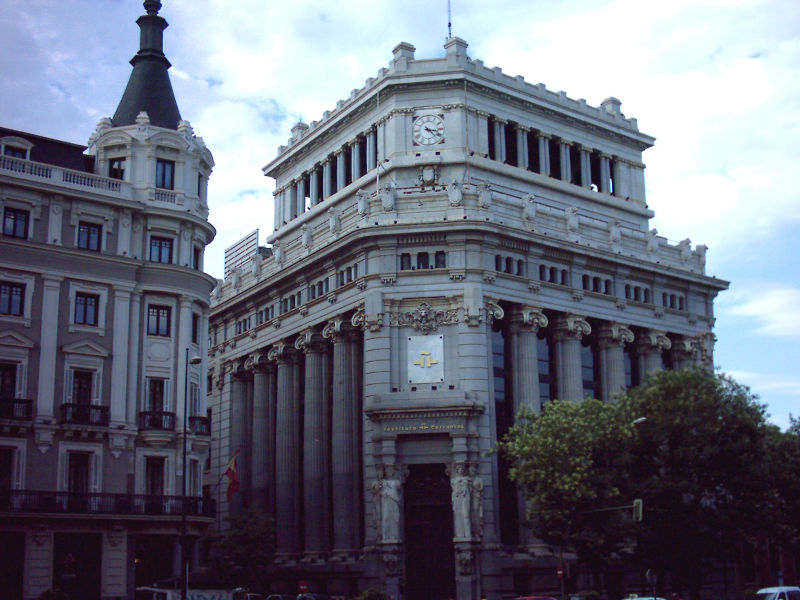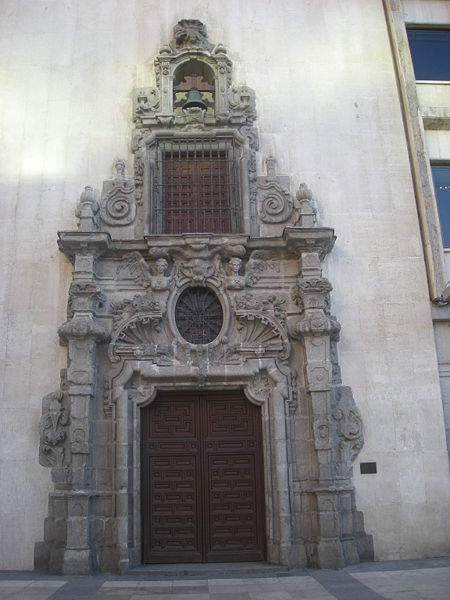The word Castilian for the language was used for a long time as reference to Castille, the place were it originated. In 1925 the Royal Spanish Academy (RAE) officially adopted the term “Spanish” to refer to the language. It was after the 15th publication of the dictionary that it started being called the dictionary of the Spanish language. In the 14 previous editions it was called Castilian language.
That moment coincides with determined circumstances when a great literary production was generated in America. An important example is the Nicaraguan Rubén Darío, but there is a great representation of literary movements at the end of the XIXth century and at the beginning of the XXth century, with great influences from Latin American writers. In 1925 the RAE decides to adopt the term Spanish to refer to the whole of the language as practised in all the Spanish speaking countries.
►… continue reading about Origin and history of Spanish: From Castilian to Spanish.











